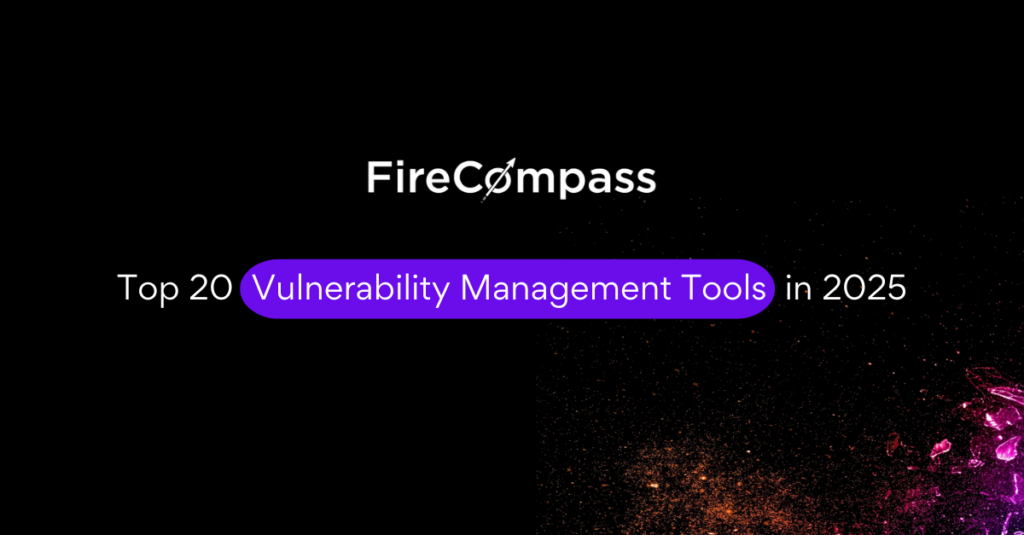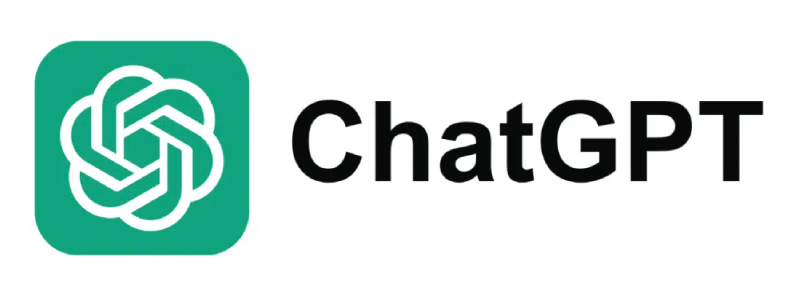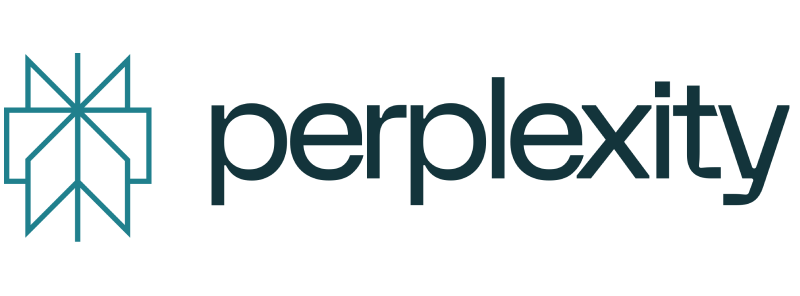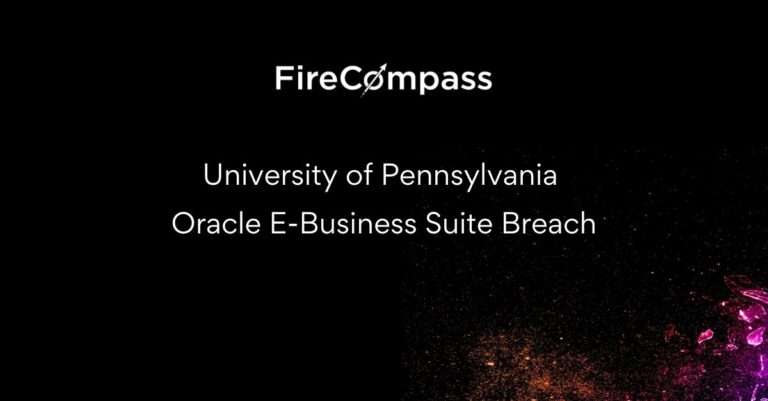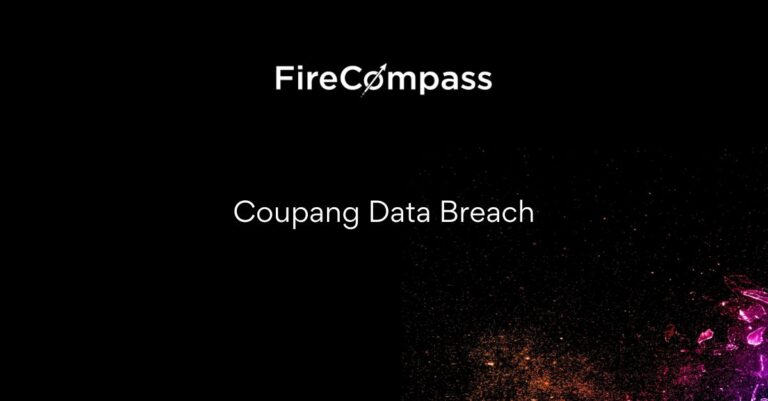Let’s face it – choosing the right vulnerability management tool is like picking a security guard for your digital fortress. You want someone reliable, sharp, and preferably equipped with the latest tech. As we move through 2025, the options are more diverse than ever, but not all tools are created equal.
Before we dive into the top 20 tools that are making waves this year, let’s talk about why traditional vulnerability management tools might not cut it anymore.
The Problem with Old-School Vulnerability Management Tools
If you’ve been in cybersecurity for a while, you know the drill – run your weekly scan, wade through hundreds of alerts, and hope you haven’t missed anything critical. Traditional vulnerability management tools have served us well, but they’re showing their age in several ways:
Think of periodic scanning like checking your house for break-ins only once a week – a lot can happen between checks. Modern threats move too fast for this approach.
Then there’s the alert tsunami. Security teams are drowning in notifications, many of which turn out to be false alarms or low-priority issues. It’s like trying to find a specific person in a crowd where everyone’s wearing the same clothes.
The manual grunt work is another headache. Traditional tools often dump a massive report in your lap and leave you to figure out what needs fixing first. Some days, it feels like playing security whack-a-mole.
Top 20 Vulnerability Management Tools for 2025
Let’s cut through the marketing hype and look at what’s actually working in the field. After testing dozens of tools and talking with security teams across different industries, here are the standout performers:
FireCompass
FireCompass automates vulnerability management by continuously scanning and monitoring digital assets. It uses advanced algorithms to simulate cyber attacks, identify critical vulnerabilities, and prioritize threats based on risk levels. This tool enhances proactive security measures, helping organizations maintain robust defenses against evolving cyber threats. For detailed insights and benefits, visit the FireCompass website.
Tenable Nessus
The old, reliable world of security keeps getting better. What we love about Nessus is its accuracy – you won’t waste time chasing down false positives. Whether you’re scanning cloud infrastructure or on-prem systems, it just works. Our tip? Start with the basic scan templates and customize from there.
Qualys VMDR
When minutes matter (and when don’t they?), Qualys VMDR shines. We’ve seen teams patch critical vulnerabilities in under four hours using their workflow. Not just finding the problems – actually fixing them.
Intruder
With a near-perfect G2 rating, Intruder brings continuous pen testing into the modern era. What sets it apart is how it thinks like an attacker but reports like a consultant. You get actionable findings without the usual pentesting overhead.
Acunetix
Do you have a complex web app with authentication requirements and hard-to-reach pages? Acunetix is your friend. While other scanners give up at the login page, this tool maps out your entire web surface. Just remember to start with a small scan scope – it’s thorough enough that you might get overwhelmed otherwise.
Burp Suite
Developers love it, security teams trust it, and there’s a reason it’s become the Swiss Army knife of web app testing. The Pro version is worth every penny if you’re doing serious web app security work. The replay functionality alone will save you hours of testing time.
Rapid7 InsightVM
Think of this as the team player of vulnerability scanners. The RESTful API isn’t just a checkbox feature – it’s a powerful way to customize your security workflows. We’ve seen teams automate everything from scan scheduling to report distribution. If you’re already using other Rapid7 tools, the integration is seamless.
OpenVAS
Don’t let the “free” tag fool you – OpenVAS packs a serious punch. The community keeps it current with new vulnerability checks, and the live chat support is surprisingly responsive. Perfect for smaller teams or as a backup scanner. Pro tip: pair it with Greenbone Security Manager if you need a more polished interface.
ESET Protect Advanced
Want to drown in data? ESET’s 1,700 built-in reports have you covered. But here’s the thing – they’re actually useful reports. You can track vulnerability trends, compliance status, and patch management all in one place. It’s particularly strong in Windows environments.
Tripwire P360
Sure, its G2 rating isn’t breaking records, but Tripwire shines where it matters – managed services. If you’re running lean on security staff (who isn’t?), their team can handle the heavy lifting. The policy management features are particularly robust.
Nmap
The grandfather of network scanning tools keeps evolving. Beyond the basic port scanning everyone knows, modern Nmap scripts can detect vulnerabilities, map networks, and even perform basic penetration testing. Best part? The community is incredibly helpful. Just don’t run it in stealth mode against production without clearing it with ops first!
ManageEngine Vulnerability Manager Plus
If endpoint protection gives you headaches, this tool might be your aspirin. The automated remediation workflows are a game-changer – imagine vulnerabilities getting patched without you lifting a finger. The catch? Make sure to test those automation rules thoroughly before enabling them.
Invicti
Dynamic application security testing can be hit or miss, but Invicti (formerly Acunetix) hits more than it misses. What sets it apart is the confirmation engine – it actually proves vulnerabilities are exploitable instead of just flagging potential issues. Your developers will thank you for fewer false positives.
StackHawk
Built for the modern development pipeline, StackHawk feels like it was designed by developers who got tired of dealing with security tools. It runs in your CI/CD pipeline, speaks developers’ language, and integrates with tools they already use. The learning curve is surprisingly gentle for a DAST tool.
Censys
Want to know what attackers see when they look at your organization? Censys gives you that outside-in view. It’s not just another attack surface management tool – it’s like having a continuous external audit of your internet-facing assets. Particularly valuable for organizations with distributed or cloud-heavy infrastructure.
Qualys Cloud Platform
This is the Swiss Army knife of vulnerability management. Beyond just scanning, it handles web app security, cloud security posture management, and container security. The reporting engine is powerful enough to satisfy even the most demanding auditors. Just be prepared for a learning curve – with great power comes great complexity.
Microsoft Defender for Endpoint
If you’re heavily invested in the Microsoft ecosystem, this one’s a no-brainer. The integration with other Microsoft security tools is seamless, and the automated response capabilities are impressive. Plus, it’s probably already included in your E5 license. The catch? It works best when you’re all-in on Microsoft.
IBM Security QRadar
This is more than just a vulnerability scanner – it’s a full-blown security analytics platform. The SOAR capabilities are particularly impressive, allowing you to automate responses to detected vulnerabilities. Works best in larger enterprises where the complexity can be justified by the scale of operations.
Cisco SecureX
Cisco’s platform play brings together vulnerability management with threat intelligence and response capabilities. The unified dashboard is a breath of fresh air if you’re tired of jumping between tools. Especially powerful if you’re already using other Cisco security products. Just watch out for the potential vendor lock-in.
Rapid7 AppSec
Think of this as InsightVM’s more focused cousin. It’s built specifically for application security teams that need to keep up with rapid development cycles. The integration with development tools is smooth, and the remediation guidance is actually useful – not just links to generic documentation.
Making the Right Choice: Real Talk About Tool Selection
Let’s be honest – there’s no perfect tool for everyone. Your choice should depend on what keeps you up at night. Running a DevOps shop where speed is everything? Look at tools like StackHawk or Rapid7 AppSec that integrate directly into your pipelines. Managing thousands of endpoints? Microsoft Defender for Endpoint or Qualys Cloud Platform might be your best bet.
Here’s what to consider before pulling out your wallet:
Integration Capabilities
Can it play nice with your existing tools? The last thing you need is another security silo. Check if it integrates with your ticketing system, SIEM, and other security tools you rely on daily.
Automation Power
How much manual work can it take off your plate? The best tools aren’t just scanners – they’re workflow automators that let your team focus on what matters.
Learning Curve
Don’t underestimate this one. A powerful tool that your team can’t or won’t use is worse than a simpler tool that actually gets used. Look for good documentation and active community support.
Budget Reality
Price isn’t everything, but it matters. Consider the total cost – including training, maintenance, and any professional services you might need. Sometimes the free tool (like OpenVAS) might serve you better than the expensive enterprise suite.
The Bottom Line
Vulnerability management in 2025 isn’t just about finding weaknesses – it’s about fixing them before they become problems. The right vulnerability management tool should feel like adding a member to your security team, not creating more work.
Take time to test drive a few options. Most vendors offer free trials – use them. Talk to your peers about their experiences. And remember, the “best” tool is the one that helps your team secure your environment more effectively.


